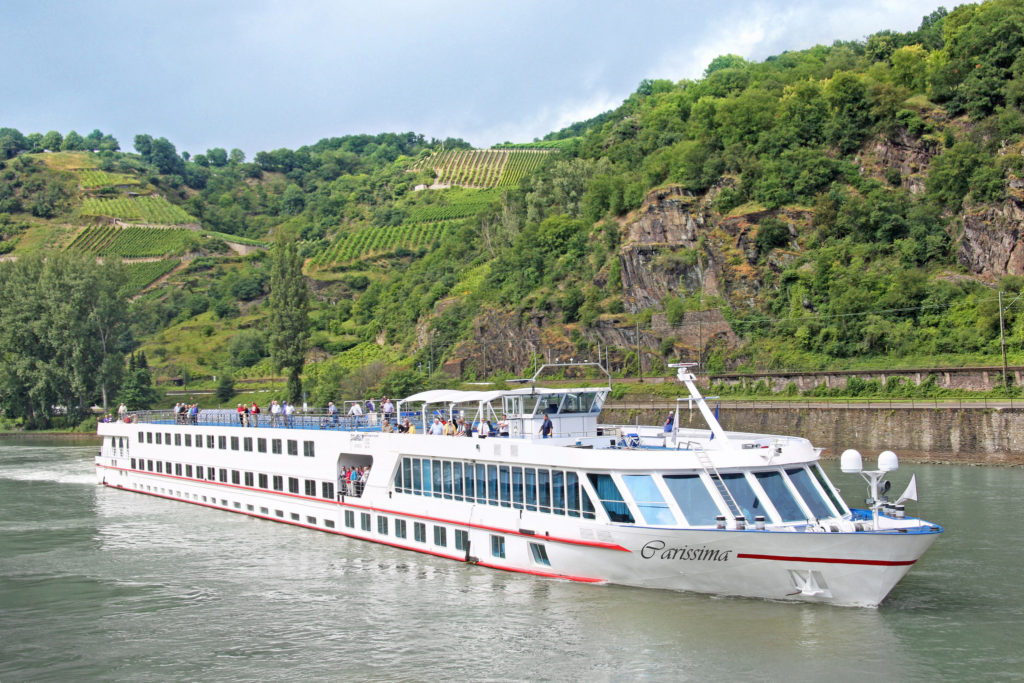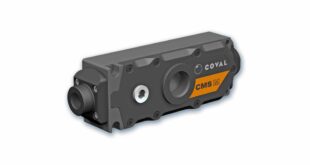The 232-passenger capacity sisters Ukraina and Moldavia, undergoing refit work at the Ukrainian Danube Shipping Company’s fleet maintenance base in Izmail, Ukraine, will each be retrofitted with a Maripur NF 250 unit.
In a separate agreement, a Maripur NF 150 unit will also be supplied to Linz Shipyard for retrofit to the 150-passenger capacity river cruise vessel Carissima.
Due to space limitations aboard all these vessels, ACO Marine will use the ships’ existing holding tanks as a bioreactor in the first stage of the treatment process.
The tanks will be aerated and additional pumps installed to direct the partially treated effluent to the membrane stage of the treatment process, in the Maripur NF units.

By using the vessels existing tanks, ACO Marine says it can reduce system footprint considerably, while making for a more cost-effective wastewater treatment installation for the operator.
ACO Marine Managing Director Mark Beavis, said: “Usually the main biochemical purification process occurs in the 1st stage activation chamber of the Maripur NF unit, but by converting the vessels’ existing tanks – provided they are of sufficient size – we can create an environment in which bacteria can thrive.”
“Biological cleaning is based on the action of aerobic bacteria which needs a good distribution of oxygen, so we need to install blowers and additional pumps, but it is a much simpler process than trying to fit a square peg in a round hole. Space is always an issue on river cruise vessels.”
Beavis, a marine engineer, said that using a vessel’s existing tanks as a first stage bioreactor can allow for greater colonies of bacteria to more effectively ‘eat away at the waste’.
“This is a much more cost-effective approach to wastewater treatment where space is a limitation, and we can easily adapt the concept to meet the requirements of larger ocean-going cruiseships,” he said. “Use of existing tanks in this way, can reduce system footprint by more than two-thirds, depending on the dimensions of tank, and reduce capital expenditure. However, additional tank venting would be required for safety reasons.”
The European riverboat sector is relatively new market for ACO Marine, with the Maripur NF Mark IV system passing EC Rhine Rules certification tests in 2012.
Directive 2006/87/EC regulates the discharge of wastewater in the Mosel, Rhine and Danube rivers and requires more extensive equipment tests than those required for commercial ocean-going vessels.
Stringent certification testing can take up to 40 days as equipment has to be trialled at different electrical loads, typically 50%, 100% and 200%.
ACO Marine is now actively marketing its wastewater treatment technology in the river cruise segment with several contracts nearing the final stage of negotiations.
The Carissima is one of a number of river cruise vessels being retrofitted with ACO Marine’s waste water treatment systems
www.acomarine.com
 Engineer News Network The ultimate online news and information resource for today’s engineer
Engineer News Network The ultimate online news and information resource for today’s engineer





